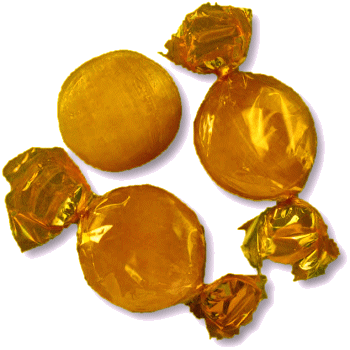




WELCOME TO An Entertainment Site for Scottish Country Dancers - Enjoy the curated selection of theme-related dances for celebrations and holidays, or find a dance associated with a special calendar day, or EVEN your own birthday!
Erskine Nicol (1825-1904): ‘The 16th, 17th (Saint Patrick’s Day) and 18th March’ (1856)
St. Patrick's Day
Mar 17
Other Scottish Country Dances for this Day
Today's Musings, History & Folklore
"If you can say ‘carrots and cabbages, carrots and cabbages’ in time to the music it's a jig. If you can say ‘double decker, double decker’ in time to the music it’s a reel."
~ Helpful hints for distinguishing between jig time and reel time
Happy St. Patrick's day with this namesake jig! The jig is a folk dance form that became popular in Scotland and northern England in the 16th century and in Ireland in the 18th century. The modern term "jig" is believed to be derived from the French giguer, meaning ‘to jump’ or the Italian giga whereas the use of “jig” in Irish dance derives from the Irish jigeánnai, itself borrowed from the Old English giga meaning ‘old dance’. Jigs originally began as a generally improvised dance form performed with rapid footwork while keeping the torso rigid. At the court of Elizabeth I, the Northern jigs were fashionable and appeared as stage dances in compositions by William Byrd, John Bull, and Giles Farnaby. The jig soon spread to France and, in modified form as the gigue, and became the new trend at the court of Louis XIV! Today, the jig dance and musical form is most associated with Irish dance music, Scottish Country Dance and the Métis people in Canada. Originally in duple compound meter (12/8 time), jigs have been adapted to a variety of time signatures, and are often classified into groups, including light jigs, slip jigs, single jigs, double jigs, and treble jigs! Jiggedy-jiggedy and carrots and cabbages! ☘️ 🇮🇪
St Patrick's Day Jig
Happy Saint Patrick's Day! For a more complete listing of dances suitable for St. Patrick's Day, visit the St. Patrick's Day Theme Page.
The jig developed in 16th-century England and was quickly adopted on the Continent where it eventually became the final movement of the mature Baroque dance suite (French gigue; Italian and Spanish giga).
As Irish people emigrated all over the world, they took their cultural traditions with them. Sean-nós (old style Irish step dancing) has influenced various other forms of traditional solo dance, especially those found in areas with strong Irish communities.
Sean-nós dance likely influenced the development of many American and Canadian traditional percussive dance forms, such as buck dancing, flatfooting, clogging, and tap dancing.
To see the Scottish version of an Irish jig, complete with the brandishing of the shillelagh, click the dancers.
Click the dance cribs or description below to link to a printable version of the dance!




